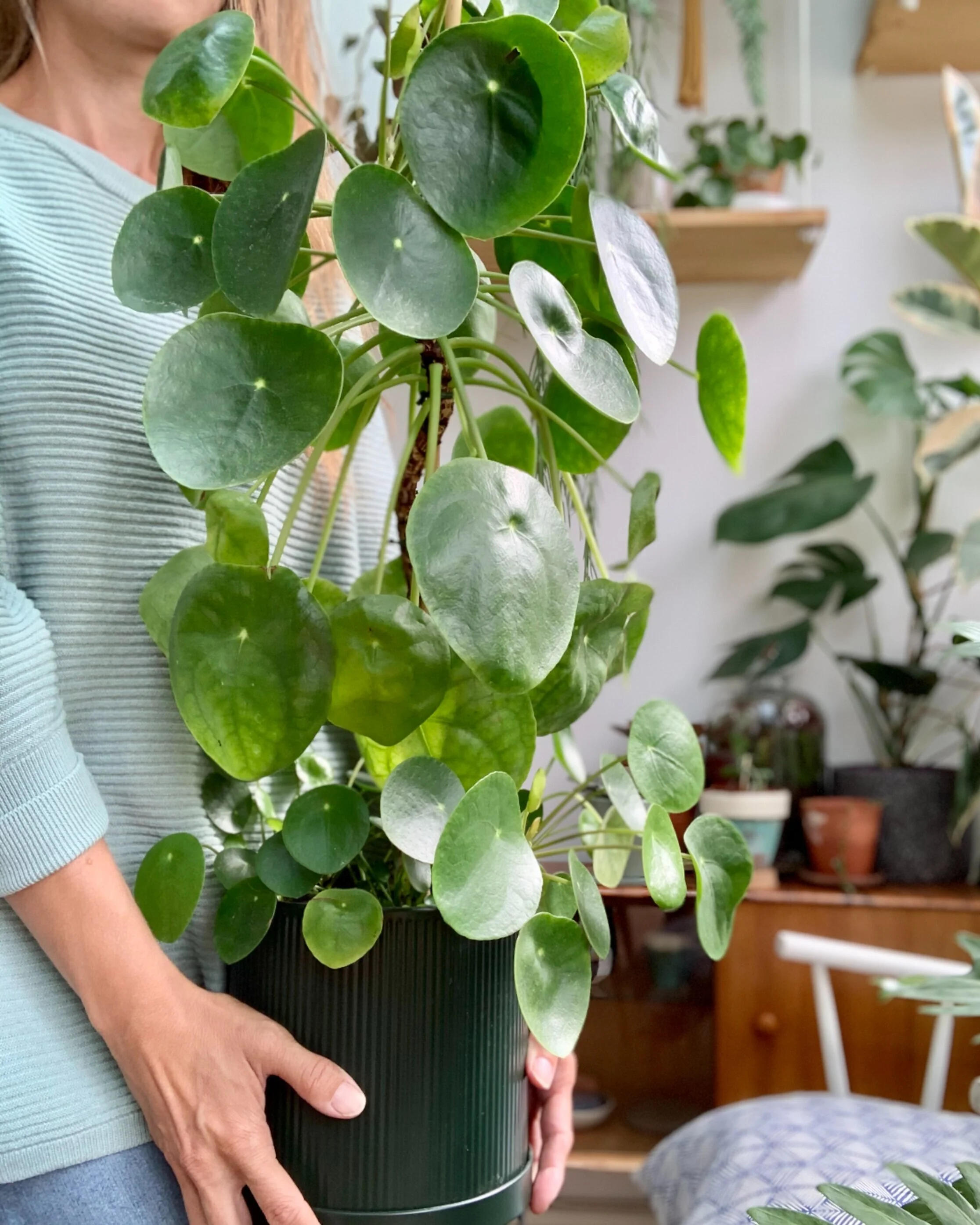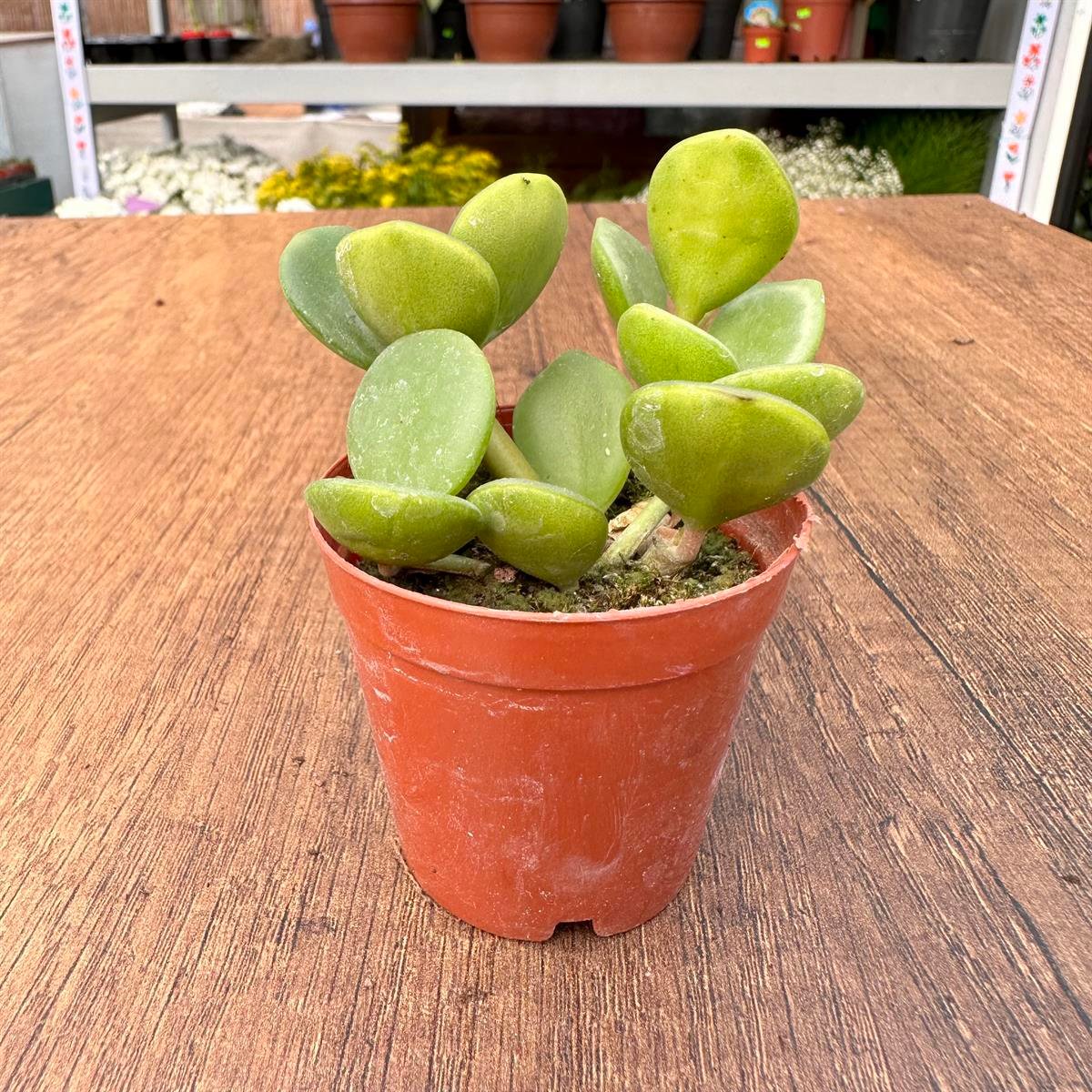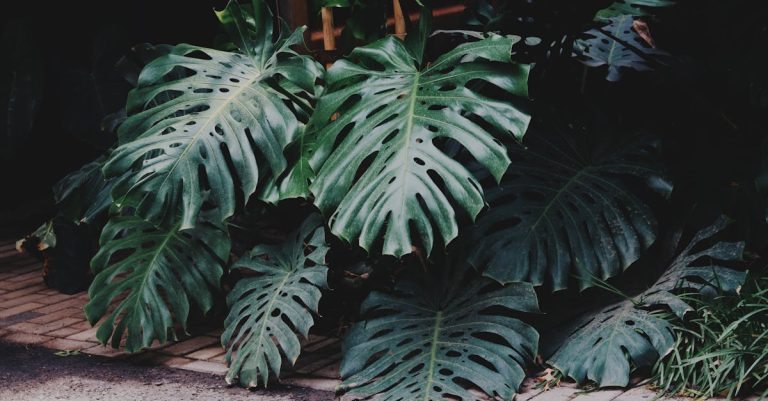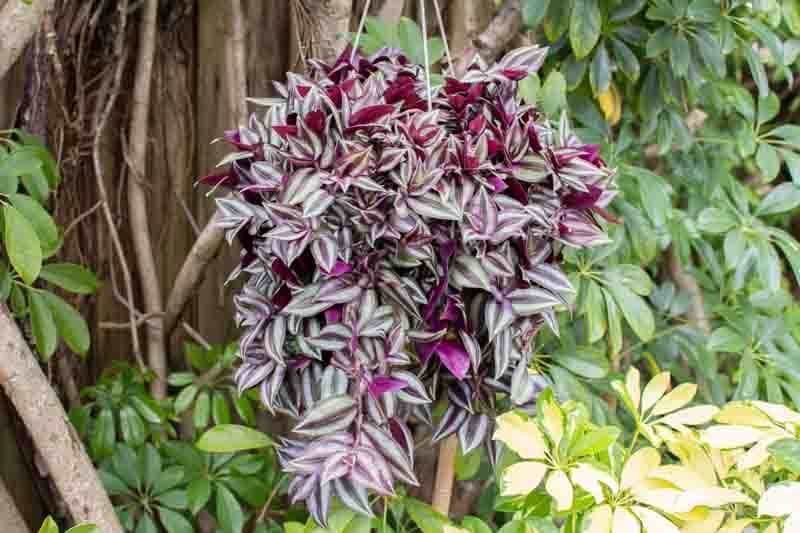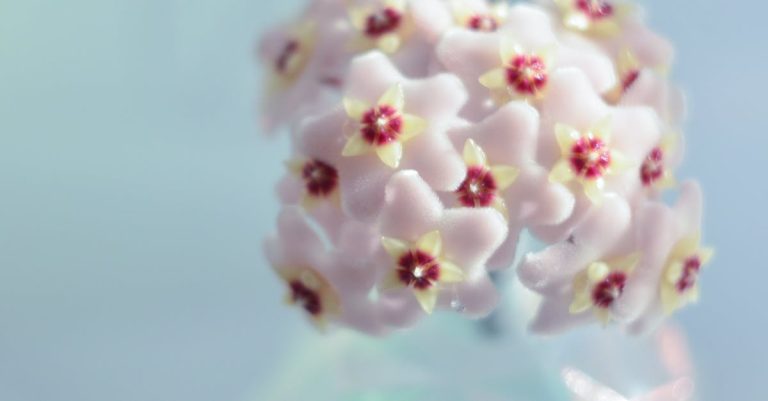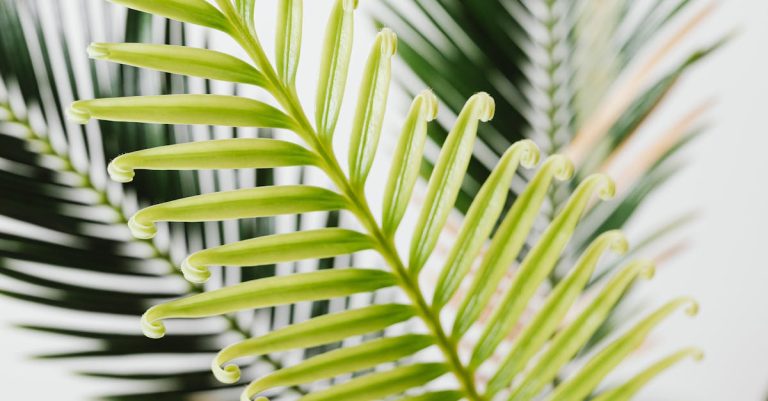How To Care For Pilea Plant
How to Care for Pilea (Pilea peperomioides): A Detailed Guide
Pilea peperomioides, commonly known as the Chinese Money Plant or Pancake Plant, is a popular houseplant known for its unique, coin-shaped leaves and easy-care nature. Native to the Yunnan Province of China, it’s a great plant for both beginners and experienced gardeners. Here’s a comprehensive guide to help you care for your Pilea and keep it thriving.
1. Light Requirements
Pilea peperomioides prefers bright, indirect light. Too much direct sunlight can scorch the leaves, while too little light can cause the plant to become leggy and lose its vibrant green color. Place your Pilea near an east or north-facing window where it can receive ample indirect light. If you only have access to bright, direct sunlight, use sheer curtains to diffuse the light.
:max_bytes(150000):strip_icc():format(webp)/growing-pilea-peperomioides-5090425-2-ef38a5c14652468c9d489a09e7676e20.jpg?auto=compress&cs=tinysrgb&h=650&w=940)
2. Watering
Water your Pilea when the top inch of soil feels dry to the touch. The plant prefers consistently moist soil but is susceptible to root rot if overwatered. Ensure that the pot has drainage holes to allow excess water to escape. During the growing season (spring and summer), you may need to water more frequently. Reduce watering in the fall and winter when the plant’s growth slows.
3. Humidity
Pilea peperomioides does well in average indoor humidity levels, typically around 40-60%. If your home is particularly dry, especially during winter, consider increasing humidity by using a humidifier or placing the plant on a tray filled with water and pebbles. Regular misting of the leaves can also help maintain adequate humidity.
4. Temperature
This plant thrives in warm temperatures between 60-75°F (16-24°C). Pilea peperomioides is sensitive to cold drafts and sudden temperature changes. Keep the plant away from windows or doors that may have cool drafts and from heating or air conditioning vents.
5. Soil and Potting

Pilea prefers well-draining soil. A good mix is one part peat moss, one part perlite, and one part potting soil. Repotting should be done every 1-2 years or when the plant becomes root-bound, ideally in the spring. Choose a pot that is one size larger than the current one to give the roots room to grow.
6. Fertilizing
Feed your Pilea every 4-6 weeks during the growing season with a balanced, water-soluble fertilizer diluted to half strength. Avoid fertilizing in the fall and winter months when the plant’s growth slows. Over-fertilizing can lead to a buildup of salts in the soil, which can harm the plant.
7. Pruning
Regular pruning helps maintain the plant’s shape and encourages bushier growth. Use clean, sharp scissors or pruning shears to remove any leggy or overgrown stems. Trim off any yellow or damaged leaves to keep the plant looking healthy. Pruning also helps improve air circulation around the plant.
8. Propagation
Pilea peperomioides is easy to propagate through its offsets (baby plants) that grow from the base of the parent plant. When the offsets are a few inches tall, carefully separate them from the parent plant with a clean knife and plant them in their own pots with fresh, well-draining soil. Keep the new plants in a warm, bright location and water them regularly until they establish roots.
9. Pest and Disease Management
Pilea is generally resistant to pests, but it can occasionally be affected by spider mites, aphids, and mealybugs. Regularly inspect the plant for signs of pests, such as webbing, sticky residue, or visible insects. Treat infestations with insecticidal soap, neem oil, or by wiping the leaves with a damp cloth. Proper watering and good air circulation help prevent fungal and bacterial diseases.
10. Leaf Care
Pilea leaves can collect dust, which can interfere with photosynthesis. Clean the leaves gently with a damp cloth or sponge to keep them looking their best. Avoid using leaf shine products, as they can clog the pores on the leaves.
Conclusion
Pilea peperomioides, with its distinctive round leaves and easy-going nature, can be a delightful addition to your indoor plant collection. By providing the right light, moisture, and environment, you can enjoy the beauty and growth of this plant for years. Regular maintenance, including proper watering, fertilizing, and pruning, will ensure your Pilea remains healthy and vibrant. Whether you are a seasoned gardener or a beginner, Pilea peperomioides offers a rewarding and visually captivating plant care experience.
FAQ 1: What is the best location for my Pilea plant?
The best location for your Pilea plant is in a spot that receives bright, indirect sunlight. Avoid placing it in direct sunlight as this can scorch the leaves.
FAQ 2: How often should I water my Pilea plant?
Water your Pilea plant when the top inch of soil feels dry to the touch. Typically, this means watering once a week or so, but it may vary depending on the humidity levels in your home.
FAQ 3: How do I prevent my Pilea plant from becoming leggy?
To prevent your Pilea plant from becoming leggy, make sure it is getting enough sunlight and rotate the plant regularly to ensure even growth on all sides. You can also prune back leggy stems to encourage bushier growth.
FAQ 4: Do Pilea plants require any special soil mix?
Pilea plants prefer a well-draining potting mix that is light and airy. A mix of potting soil, perlite, and peat moss is ideal for Pilea plants.
FAQ 5: How do I propagate my Pilea plant?
You can easily propagate your Pilea plant by taking stem or leaf cuttings and placing them in water or moist soil. Roots should develop within a few weeks, at which point you can transplant the new plant into its own pot.
FAQ 6: Should I fertilize my Pilea plant?
It is recommended to fertilize your Pilea plant once a month during the spring and summer months with a balanced liquid fertilizer diluted to half strength. Do not fertilize in the fall and winter months.
FAQ 7: Why are the leaves on my Pilea plant turning yellow?
Yellowing leaves on a Pilea plant can be a sign of overwatering, underwatering, or a lack of sufficient light. Make sure you are following proper care guidelines and adjust as needed to address the yellowing leaves.
FAQ 8: Can I use a humidifier to increase humidity levels for my Pilea plant?
Yes, using a humidifier can help increase humidity levels for your Pilea plant, especially if you live in a dry climate. Aim for humidity levels of around 50% for optimal growth.
FAQ 9: Are Pilea plants toxic to pets?
Pilea plants are considered non-toxic to pets, making them a safe option for pet owners. However, it is always best to monitor your pets around plants and seek veterinary care if they show any signs of illness after coming into contact with the plant.
FAQ 10: How do I keep pests away from my Pilea plant?
To keep pests away from your Pilea plant, regularly inspect the leaves for any signs of infestations and treat with insecticidal soap or neem oil as needed. Quarantine any affected plants to prevent the spread of pests to other houseplants.

